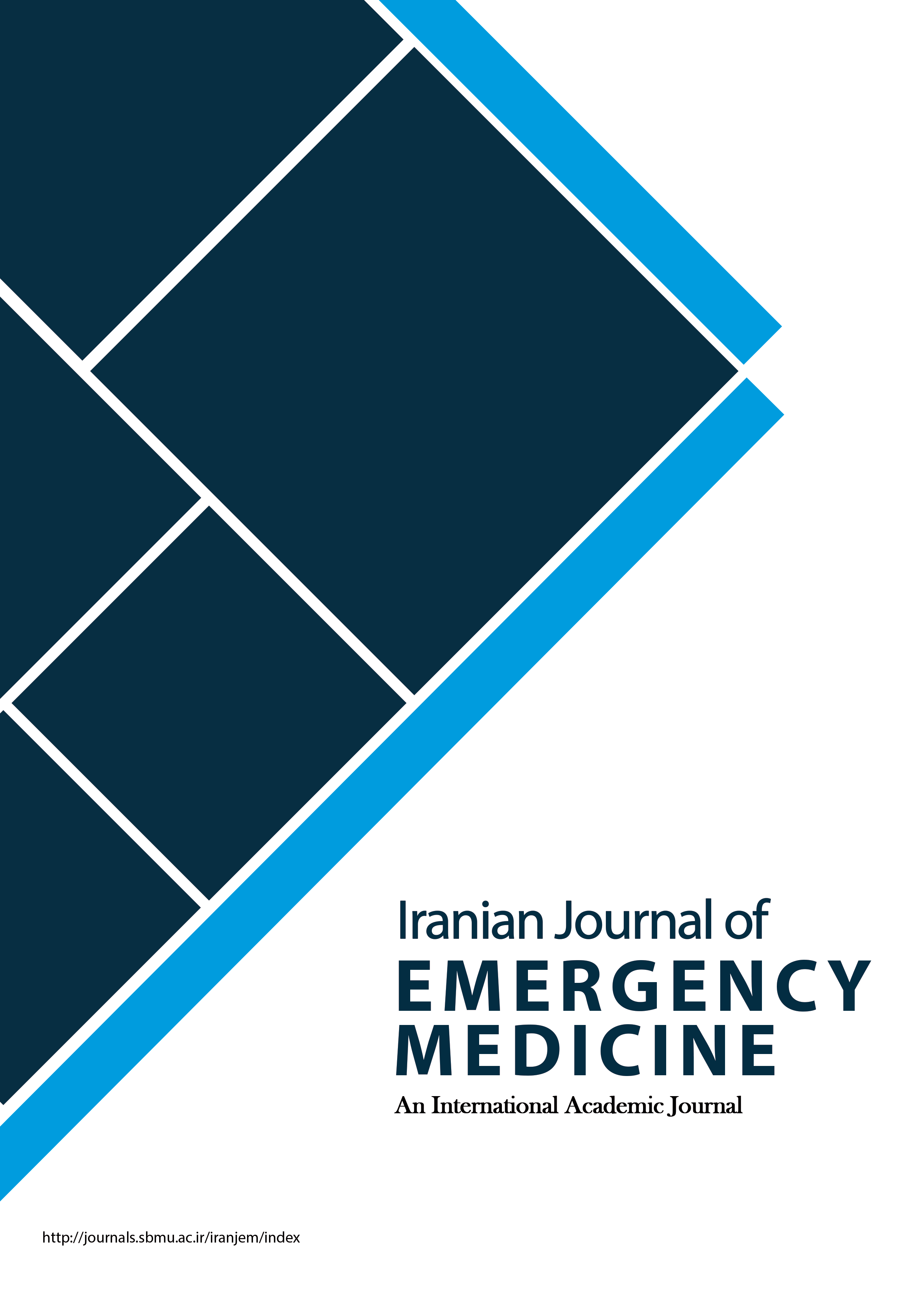Comparison of the Effect of Scenario-Based Education on Adult Resuscitation in two ways; face-to-face Discussion in Small Groups and Group Discussion with Messenger Software in Emergency Medicine Resident, Tehran University of Medical Sciences
Iranian Journal of Emergency Medicine,
Vol. 9 No. 1 (2022),
16 March 2022,
Page e1
https://doi.org/10.22037/ijem.v9i1.35799
Introduction: Advanced cardiac resuscitation and treatment of cardiac arrest are important issues that emergency medical assistants should be fully acquainted with. The purpose of this project is to compare the two methods of face-to-face training and the use of messaging services (which have the ability to share audio and video, such as WhatsApp).
Methods: In this study, emergency medicine assistants were randomly divided into two groups for cardiopulmonary resuscitation training. The control group did the in-person training as a scenario design and in the second group the resuscitation training was done as a scenario design in the WhatsApp messenger group in absentia. Pre-test and post-test were performed from both groups. Test scores were calculated and statistically analyzed.
Results: Comparison of sexual frequency, comparison of mean year of residency, comparison of frequency of CPR, and mean age of the two groups did not show a significant difference. Also, the mean percentage of CPR test scores did not show a significant difference between the two groups before and after training. But the mean percentage of CPR test scores in the intervention group before and after training showed a significant difference. The mean percentage of CPR test scores in the control group before and after training was significantly different. Also, if we enter the post-test as a dependent variable and the two groups as an independent variable and the pre-test as covariance in the ANCOVA formula, there is a significant difference between the two groups in the post-test. (P-value = 0.002)
Discussion: Scenario-based education on adult resuscitation through group discussion with messaging software is more effective on assistants. For future studies, a study with a larger sample size over a longer period of time is recommended.



